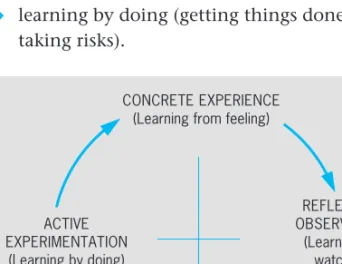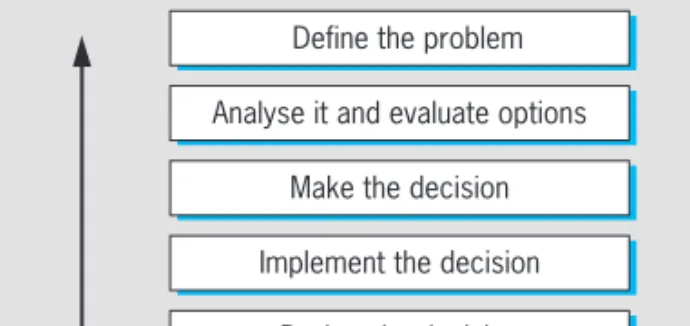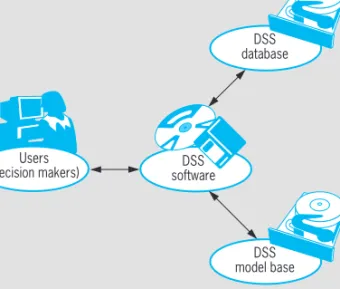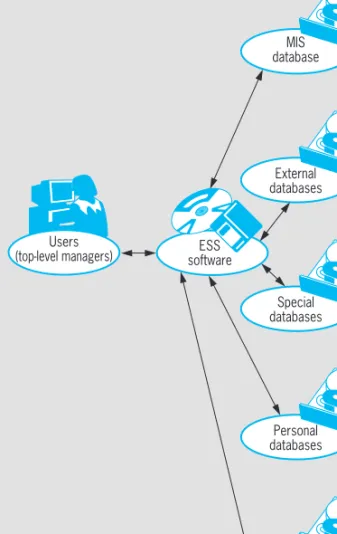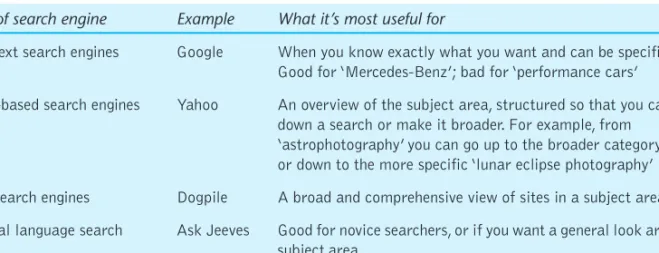Requests for written permission of the copyright holder to reproduce any part of this publication should be addressed to the publisher. Information as an aid to decision-making 11 Using the Internet as an information resource 23 Summary 30.
Series Preface
Information is crucial
How to make information useful
1 Information and decision making
From data to information to knowledge and learning
Data
Information
Knowledge
It is useful for managers to be aware of their own and their staff's learning styles, as it. Argyris and Schön (1974) argue that people act in accordance with a set of mental maps that they have created themselves.
Learning – from the individual to the organisation
They called these theories implicit in what we do theories-in-use: they are what govern our actual behavior. It may sound cynical, but if someone asks you how you would behave in a particular set of circumstances, the answer you will give will almost certainly favor the theory: the public rather than the private set of principles.
Identify the differences between data and information
Objectives
Task
Feedback
Information comes in many forms
Information need not be written down or be
They may not know what useful formal information is available or how to access it. The information used is chosen by the recipient – The information is chosen by the provider, for example you decide which newspaper reports you.
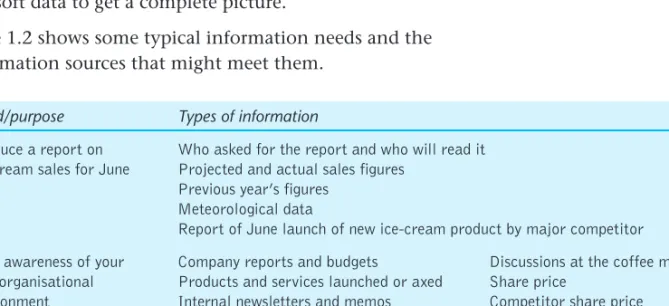
Categorise information sources
Objective
For example, if you tend to use hard data, consider whether seeking opinions can give you different and valuable perspectives. Think about how you can improve the usefulness of the resource, for example, can you be clearer about what you want from the resource.
Information as an aid to decision making
You may have found that you mostly use informal and electronic data, mainly because it is accessible, or that you have a definite preference for hard data because it gives you the facts.
The decision-making process
One of the main detrimental factors affecting decision making was limited, incorrect or misinterpreted data. 32 percent of the sample had made an important business decision in the past six months based on hope or luck.
Levels of management decisions
Tactical decisions: these have a longer time frame (months or years) and tend to be made by middle managers who are directly involved in implementing the organization's policies. Cross-functional, internal systems such as accounting, finance, marketing, and human resources (HR) can certainly support decision-making at any level of the organization, whether operational, tactical, or strategic.
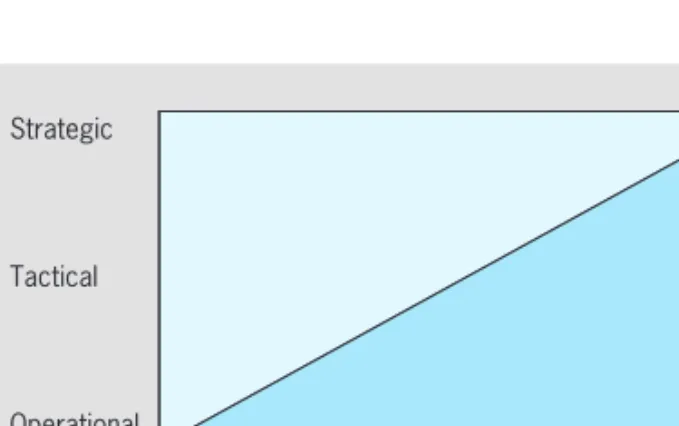
Getting the right information to make decisions
Computer systems that can store and manipulate information provide a structured and accessible support for management decision-making. The MIS database that provides information to the manager comes from inside and outside the organization, much of it from data stored in transaction processing systems—the key points of day-to-day operations and processes.
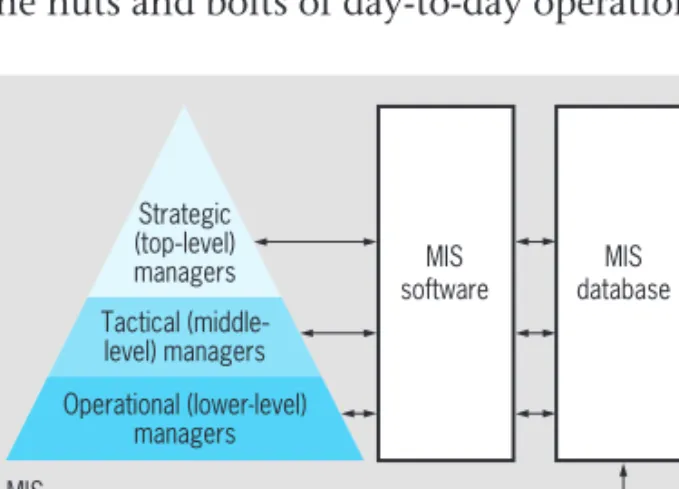
Explore information for decision making
However, the decisions still need to be made, despite information gaps or conflicting information. Be aware of any limitations in the information used to make a decision so that you know how "safe" the decision is likely to be.
Plot information flows within your team
You may have found that the right kind of information is available, but not when you need it or in a form you can use. You may find Theme 2 on information overload and evaluating information helpful in improving your use of information for decision making.
Specify an information system for management support
As you work on this activity, you should identify any weaknesses in your existing support structure or the need for a more sophisticated information system.
Using the Web as an information resource
Search engines
Search engines retrieve a series of web pages (hits) that match a word or phrase entered by the user. While search engines use computers to create the search engine index, classified and specialized directories use people to select and catalog the web pages.
Getting better results
Natural language search engines are very attractive because you can literally type in a question the way you would ask it. Take advantage of online help or advanced search tips provided by search engines.
Keeping up to date
Use the Web for research
Analyzing the flow of information into your team can reveal blockages or bottlenecks, or that some people can't access the information they need. This book describes how successful organizations make the best use of information and knowledge and explains why information technology is essential to the management of business processes.
2 Evaluating information
Information overload
How does it happen?
Research published shows that companies risk wasting their investment in technology implemented to manage information because they fail to tackle the 'human obstacle' - up to two-thirds of respondents had problems with information overload, employees did not have time to share knowledge and reinvented the wheel.
Assess the extent of your information overload
Evaluating information
What’s the added value?
An important part of this is the way the information is presented – encourages and helps. Weight. This is what drives recipients to take the information so seriously that they will act on it.
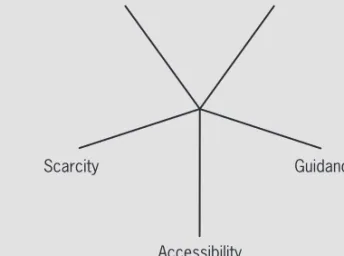
Evaluating information from the Internet
Evaluate your incoming information
Your work on this activity should have given you some ideas about the kind of information (or informant) that is more (or less) useful to you. It is possible that small changes can be made that cost little but make a big difference in the value of that information to you.
Good practice for reducing overload
Managerial techniques
Technical techniques
Use e-mail more effectively
Assessing the extent to which you contribute to your own information overload is a good first step in improving the way you manage and use information. You can reduce information overload by becoming more selective about the information — including emails — you request and read, and by developing systems for effectively managing hard and soft information.
3 Communicating information
Planning and structuring your document
Style and tone
If the author of this example is so uncertain about the future, why should you as the recipient be convinced? In verbal communication, what you say is often not as important as the way you say it, and the message communicated to the recipient may have little to do with the actual words used.
Other good practice
Edit relentlessly – don't cling to a nice phrase that adds nothing just because you thought of it and you like it. The message you get is that if these people can't put in the effort to get the basics right, what else can't they put in the effort and what does that mean for their level of customer care.
Presentation
Politeness and clarity will get you a long way
Evaluate written communications
He had taken up a position at the entrance, where I had to pass him. He looked dressed up – black suit, white shirt buttoned to the top, black patent leather shoes with white flashes.
Using the power of text in presentations
Planning your presentation
Written script or cue cards?
If you say to your audience, "Whatever the analysts say, in my opinion, if we do things the right way, there's no reason why we shouldn't turn a profit by this time next year," you'll get them yawning , even if the message is optimistic. Keep track of how long each section lasts (including the time it takes to discuss slides or other visuals) by speaking rather than reading the presentation.
Designing and using text slides
Do not create slides from figure tables; no one will be able to read them, so be ruthlessly selective with numeric data. Don't (unless you're very experienced) try too many fancy things, with text and graphics moving in all directions.
Using a video conference to make your presentation
Most conferences are reserved for a pre-set time - make sure your presentation fits the allotted time, allowing for a two-way discussion. Develop notes as a memory runner when giving your presentation, but avoid writing a script.
4 Information systems
Key issues in systems development
Systems model and life cycle
Your role in developing information systems
9 Watch out for 'big bangs'. It's rare now that a complete system is fully developed before going live, and for good reason. These must be incorporated into the development system and checked by the user to see if they work.
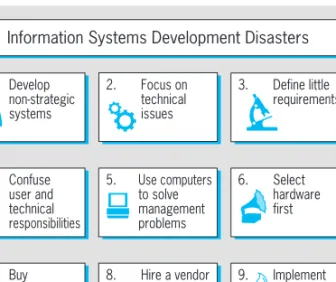
Intranets and extranets
A basic intranet can be created in a matter of days and can eventually act as an "information hub" for the entire company. It can be used for a wide range of practical applications, from making corporate information available to all employees to.
Identify useful content for your intranet
If you've identified significant strengths, are there ways you can take advantage of them but haven't explored them yet? However, if you have been thinking about what you would like to have available on your intranet, you may find it helpful to discuss the benefits you want to achieve with a colleague or friend.
Data security
To find out more about data protection requirements, you can do an internet search for your country using keywords 'data protection'. Comply with your country's data protection legislation and ensure that the information you record is only used for general business purposes.
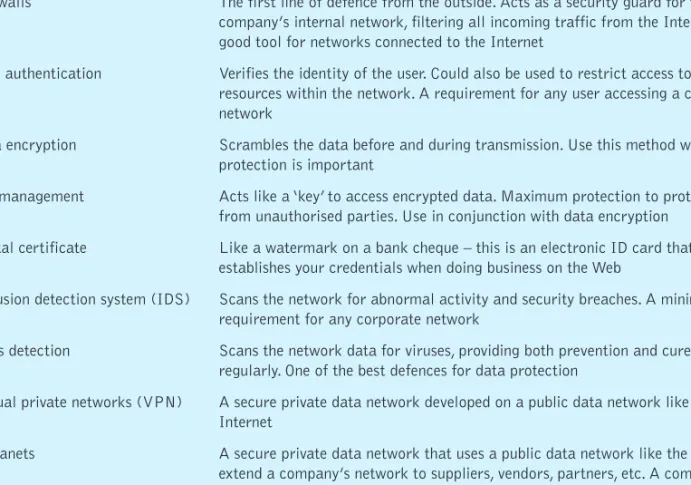
Assess how well your organisation manages data security
Managers can help raise awareness of the risks and take action to ensure that the organization and its departments have established contingency plans and adopted good practices for the security of the information they manage. User involvement is critical at every stage of the life cycle if the system is to achieve its purpose and be fit for use.
5 Knowledge management
How do you manage knowledge?
In this topic we focus on the concept of knowledge management given in the definitions by Skyrme and Newing above. It is an approach that aligns very well with the core values of knowledge management.
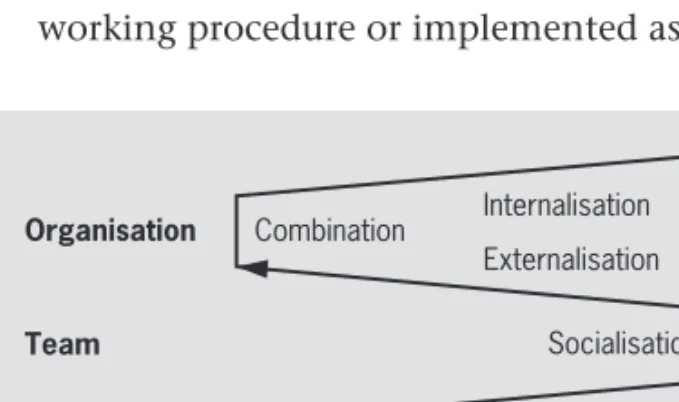
Business benefits of knowledge management
Challenges and critical success factors
Barriers to knowledge management
New ideas must be expressed in a 'language' that people in the organization can understand.
Key questions for management
Does your CEO relate the importance of your organizational knowledge to the success of your business?
The employee perspective
Source: Morling (2000) The knowledge and skills acquired in the community can be directly applied to the needs and problems of the organization through the formal organizational roles of the members and participation in teams. Contribution – members know where and how to contribute. Creation – knowledge is created through the interaction of members.
Assess your organisation’s attitude to knowledge management
If you largely ticked one, your organization is well on its way to fully utilizing knowledge management and can be an example of industry best practice. If you mostly checked b or c, use this activity as an opportunity to reflect on the extent to which the organization is 'unfriendly' to knowledge management.
Knowledge management in practice
Approaches to knowledge management
If knowledge creation is to be successfully managed, so must the people who participate in it. CIGNA Property & Casualty, an insurance company, has created an "upward value spiral" to share knowledge and experience through the company.
Steps to knowledge mobilisation
8 Capture soft knowledge – connect people to people and create multi-level networks to capture soft knowledge. 10 Maximize employee knowledge through active learning – cascading throughout the organization – cross-functional knowledge sharing increases awareness of roles and.
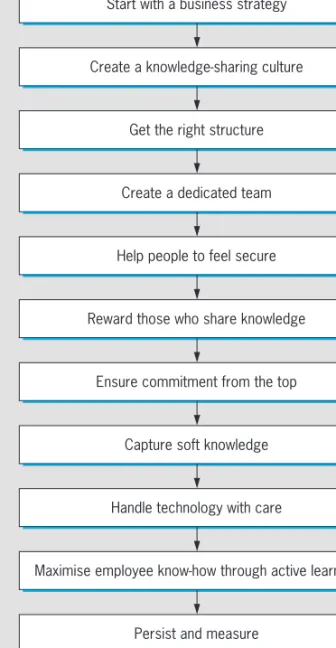
Explore good practice in knowledge management
Although BP does not use the term "knowledge management", it has embraced the principles of knowledge management, particularly in the way it shares knowledge and facilitates communication between people throughout the organization. Knowledge management is a technique for codifying tacit knowledge and making it widely available in the organization.
Informix (1999) "Executive Summary", www.informix.com Jay, R. 2000) Effective Presentation, Prentice Hall Kolb, D. 1997) Persuasive Reports and Proposals, Chartered Institute of Personnel and Development. Dying for information, Reuters Business Information Shim, J. 2000) Information Systems and Technology for Non-Information Systems Managers, St Lucie Press.


